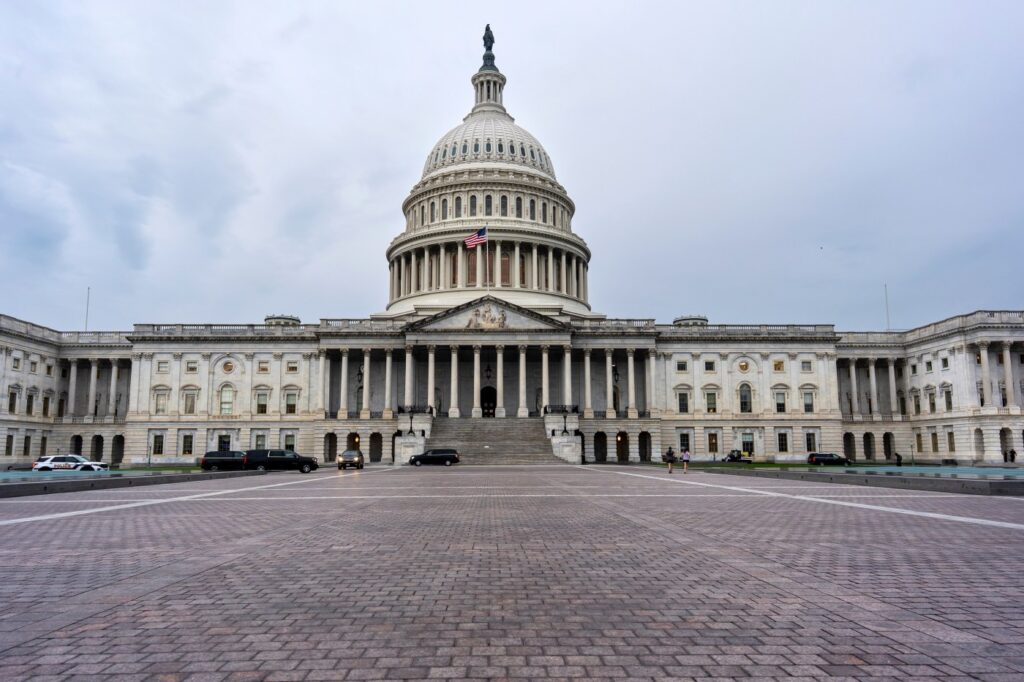
The U.S. government is on the brink of its first shutdown since 2019, endangering the livelihoods of approximately 269,000 federal workers in Maryland. The potential shutdown could begin as early as October 1, 2023 unless Congress reaches a funding agreement. As of now, the Senate has not yet voted on a continuing resolution that would temporarily fund the government, which is critical for maintaining essential services.
The stalemate stems from disagreements between congressional Republicans and Democrats. Republicans accuse Democrats of refusing to agree to a seven-week funding extension that would maintain current funding levels. Meanwhile, Maryland Democrats are leveraging the threat of a shutdown to highlight a growing health care affordability crisis. This issue could significantly affect many Maryland residents who rely on the Affordable Care Act.
A government shutdown would delay paychecks for millions of federal employees and disrupt various services, though essential operations like military functions and air traffic control would continue unaffected. Maryland’s unique position, with its federal workforce concentrated near Washington, D.C., makes the state particularly vulnerable to the ramifications of a shutdown.
As the situation at the Capitol developed on Tuesday, the Republican-controlled House was not in session, with many members absent, including Maryland’s sole Republican representative, Andy Harris. He stated, “The House passed the bill that extends the current level of funding for seven weeks, so the House has done its business.”
In contrast, Maryland Democrats are pushing for the inclusion of health care subsidies in any funding bill. About 247,000 people in Maryland are enrolled in the Affordable Care Act through the Maryland Health Connection, and without renewed tax credits set to expire at the end of the year, approximately 90,000 individuals could lose access to affordable health care, according to Chris Van Hollen, a Democratic senator from Maryland.
Democrat Sarah Elfreth emphasized the urgency of the situation, stating, “We can’t kick the can seven weeks down the road. We’re fighting for a bipartisan budget deal that takes into account the health care crisis that too many Americans are facing right now.” Although some Republicans have expressed openness to negotiating the subsidies, Harris indicated that the focus should remain on keeping the government operational.
An analysis by the Kaiser Family Foundation warned that if the enhanced premium tax credits lapse, the average annual payment for subsidized enrollees could more than double, from $888 in 2025 to $1,904 in 2026. This drastic increase underscores the potential health care crisis facing many Maryland residents.
The House-passed bill aims to fund the government until November 21, 2023, while extending current funding levels for various federal agencies. Maryland Democrats are also advocating for a rollback of Medicaid cuts initiated during the Trump administration.
Maryland is home to an estimated 161,000 federal jobs located within the state, including positions at the Social Security Administration and the National Institutes of Health. The looming shutdown comes as around 150,000 federal workers were expected to leave their positions following deferred resignation proposals accepted earlier this year.
The impact of a shutdown could be severe not only for federal employees but also for state and local governments, raising concerns about the overall economic health of Maryland. Anirban Basu, CEO of Sage Policy Group, warned that the fallout could be “devastating” for local economies.
Federal workers would begin to feel the repercussions of a shutdown when their usual biweekly paychecks do not arrive on October 10, 2023, as noted by the General Services Administration. The last federal government shutdown occurred from late 2018 to early 2019 and lasted for 35 days.
As the deadline approaches, both parties face mounting pressure to resolve their differences and ensure that essential services remain funded. The ramifications of their decisions will be felt widely, especially in Maryland, where a significant portion of the population is directly tied to federal employment and services.







